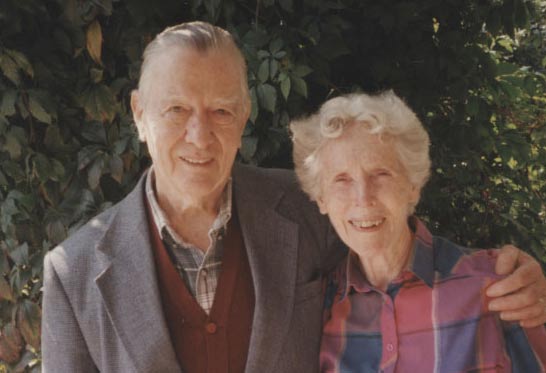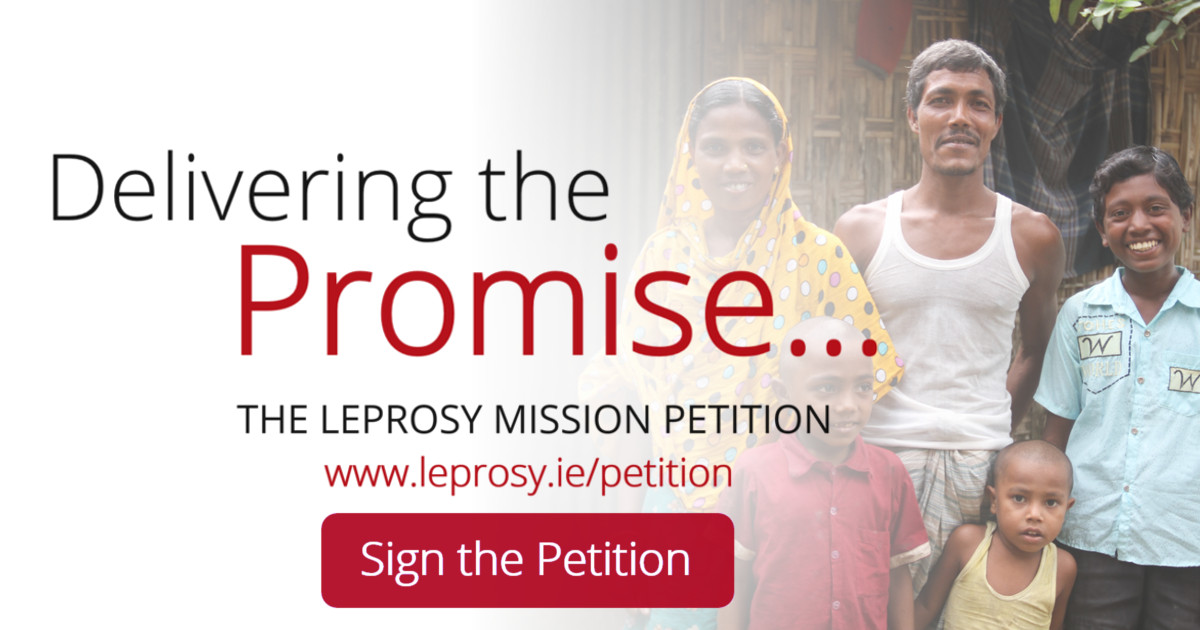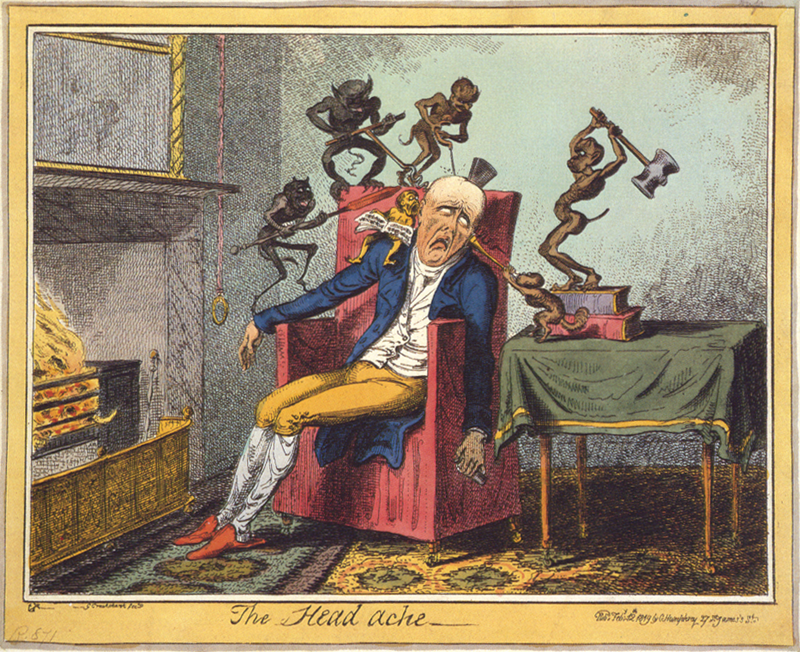Imagine having a condition which meant you are unable to feel pain. It sounds blissful.
Yet, for Steven and his brother, this was far from the case.[1] When he was 4-5 months old, he began chewing on his tongue as he was teething, unable to sense the pain this would usually cause. Once his condition, congenital analgesia, had been diagnosed, he had destroyed a quarter of his tongue through chewing. As he got older, he spent much time off school because of repeated injuries sustained as a result of not being able to feel pain. Incredibly, at 5-6 years, he was removed from his home by child protection because his parents had been reported for child abuse. The separation lasted around 2 months until the authorities realised that his parents had actually been telling the truth. At school, children used to deliberately fight with him because of his condition.
Now in his thirties, he regularly breaks bones without noticing. His wife noticed the most recent one before he did. The damage that he had gradually acquired to his left knee, doctors have told him, will result in leg amputation, despite many surgeries attempting to rectify it.
Tragically, his brother, suffering from the same condition, ultimately took his own life. Gradual damage to his back, that he was unable to sense, meant he faced a future of being confined to a wheelchair. When he appealed for financial help for his disability, the judge coldly replied, “If you’re not in pain then you have no reason to be on any type of assistance”.[2]
A lack of physical pain certainly does not imply freedom from emotional pain, which, in the case of Steven’s brother, was far worse. A condition that is invisible is just as real as a condition with obvious symptoms.
 |
| Paul and Margaret Brand, pioneers in surgeries restoring movement and saving sight of people affected by leprosy. |
Today is National Doctor’s Day in the USA. It celebrates the achievements, effort and sacrifice of doctors in making countless patients’ lives better. Two such individuals, Dr. Paul and Margaret Brand, specialised in the counter-intuitive advantages of pain in their leprosy research. A teaching position to India in 1946 brought to their attention the plight of people affected by leprosy, left untreated and utterly excluded with terrible physical deformities.[3] It was previously believed that it was the leprosy bacteria itself that had caused the tissue to ‘rot away’.
However, the terrible reality was that rats came and chewed on patients’ hands and feet at night, attracted by the injuries and their lack of awareness and sensation. The actual issue, Dr. Brand found, was that leprosy bacteria damage sensory neurons and take away sensations of pain. This results in severe accidental damage to the limbs of leprosy patients.[4] Yet the hopelessness of their progressing disability and exclusion from society still brought them emotional agony of a different, and potentially even deeper, form.
Inspired by the compassion of Jesus, Paul and Margaret worked tirelessly to improve the lives of people with profound disabilities. They pioneered tendon-transfer surgeries, allowing hands that had become clawed by leprosy to be restored. They restored patients’ blinking reflexes, damaged by leprosy, which would otherwise result in blindness. Such surgeries are still performed today. Additionally, their work on pain brought the conclusion that many disabilities could be prevented by items as simple as protective sandals. Today, the Leprosy Mission Ireland is able to source these at a cost on just €2.50 per pair, and is raising money to provide 10,000 pairs to Karigiri in Tamil Nadu, India.[5] The protection these provide for such little investment has the potential to save a person from devastating foot injury, infection and even loss.
Thanks to the heroic efforts and sacrifice of people such as Paul and Margaret, people affected by leprosy have the potential for extensive rehabilitation and a future free from the defining disability of the condition.
At present, many countries have achieved ‘elimination’, meaning less than 1 in 10,000 people are detected with leprosy. This gives the impression that leprosy is no longer an issue. Yet, every two minutes, someone is told the terrifying news that they have leprosy,[6] and around 250,000 men, women and children are diagnosed every year.[7] Many others are not detected because current global health policy relies on people self-reporting. But that requires people affected to make an admission that often causes their family to reject them. Fear and stigma that still surrounds the disease remains prevalent. Thus, health policy is unhelpful in ensuring people affected by leprosy receive the help they need.
 This is where you have a chance to make a difference. Please consider making a stand for these men, women, and children who are otherwise forgotten, by taking 2 minutes to sign our online petition. This seeks to put the political pressure on global health policy makers to ensure that leprosy is prioritised, and that everyone affected receives the care and resources they need: often that’s the kind of surgeries developed by Paul and Margaret Brand.
This is where you have a chance to make a difference. Please consider making a stand for these men, women, and children who are otherwise forgotten, by taking 2 minutes to sign our online petition. This seeks to put the political pressure on global health policy makers to ensure that leprosy is prioritised, and that everyone affected receives the care and resources they need: often that’s the kind of surgeries developed by Paul and Margaret Brand.
Please take two minutes to add your voice to, and share, our petition
Sources:
[1] Testimony of Steven source: http://www.bbc.co.uk/news/magazine-18713585
[2] http://www.bbc.co.uk/news/magazine-18713585
[3] http://www.theguardian.com/news/2003/aug/27/guardianobituaries.health
[4] http://leprosymission.ie/about-tlmi/paul-and-margaret-brand/
